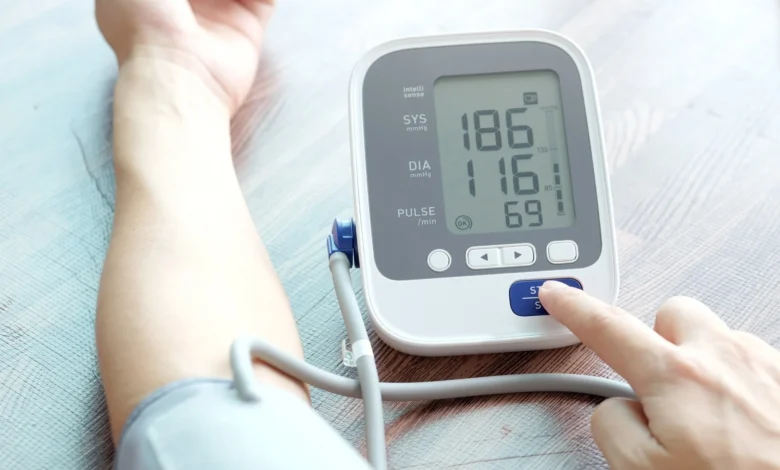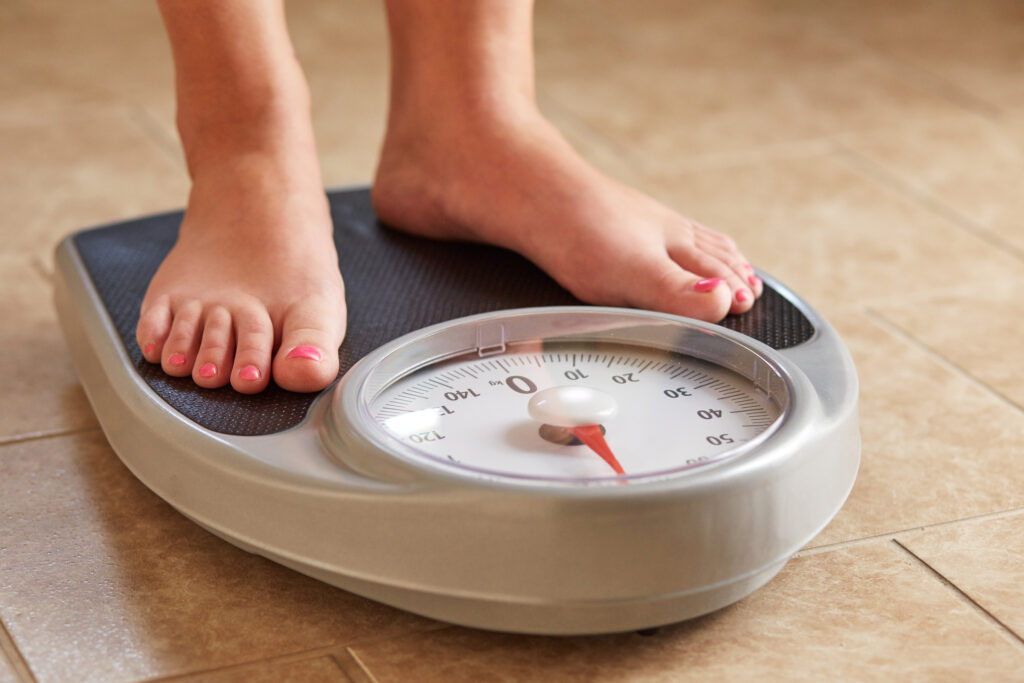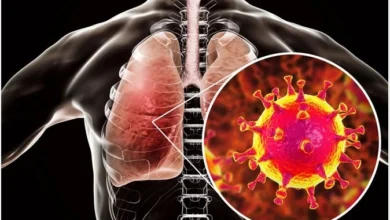What are the symptoms of high blood pressure?

High blood pressure, also known as hypertension, is often referred to as the “silent killer” because it typically manifests without clear symptoms until it causes significant damage. This condition is a major health concern that can lead to serious cardiovascular diseases if not properly managed. Recognizing the symptoms of high blood pressure early and knowing how to effectively control this condition are crucial for maintaining overall health and preventing complications. In this article will delve into the various symptoms of high blood pressure and provide comprehensive strategies to manage and potentially reduce it, helping you lead a healthier life.
Symptoms of High Blood Pressure

While high blood pressure often shows no noticeable symptoms, making regular monitoring essential, certain signs can hint at elevated blood pressure levels:
- Headaches: Frequent severe headaches, especially in the morning, might indicate high blood pressure, suggesting increased pressure within the brain’s vasculature.
- Dizziness: Episodes of lightheadedness or dizziness, particularly during sudden movements, can signal bouts of high blood pressure, affecting cerebral blood flow.
- Visual Changes: Hypertension can lead to changes in vision, such as blurred sight or seeing floaters, due to pressure on the delicate blood vessels in the eyes.
- Chest Pain: Experiencing chest discomfort or pain during physical activity or stress might indicate that high blood pressure is straining the heart.
- Shortness of Breath: Difficulty in breathing may occur if high blood pressure is causing the heart to work harder than normal.
- Irregular Heartbeats: Sensing a flutter or irregular rhythm in the heart can be a direct consequence of the pressure effects on cardiac electrical activity.
- Blood in Urine: This serious symptom suggests kidney damage, possibly due to prolonged hypertension affecting renal function.
How to Manage and Reduce High Blood Pressure

Effectively managing high blood pressure typically involves a multifaceted approach combining lifestyle adjustments and medical interventions:
1. Healthy Diet

Emphasize a balanced diet rich in potassium, magnesium, and fiber while low in sodium. Include garlic and dark chocolate, which have blood pressure-lowering properties. Avoid processed foods that are typically high in unhealthy fats and salt.
2. Regular Exercise

Activities like brisk walking, cycling, or swimming for at least 150 minutes per week can significantly enhance cardiovascular strength and improve blood circulation, thus helping to lower blood pressure.
3. Weight Management

Achieving and maintaining a healthy weight reduces the risk of hypertension and lessens the workload on your heart. Even small amounts of weight loss can have a profound effect on your blood pressure.
4. Limit Alcohol and Stop Smoking

Alcohol can raise blood pressure, so moderation is key. Smoking cessation immediately benefits your blood pressure and overall heart health.
5. Stress Management

Chronic stress can contribute to high blood pressure. Techniques like progressive relaxation, mindfulness, and hobbies can effectively reduce stress levels.
6. Regular Monitoring
Use home blood pressure monitors to track changes and discuss them during regular healthcare visits to adjust treatments as necessary.
Conclusion
Recognizing the symptoms of high blood pressure and actively engaging in management strategies are vital to prevent the associated health risks. Adopting a healthier lifestyle, monitoring your condition, and consulting healthcare professionals are critical steps towards controlling high blood pressure and enhancing your long-term health.
If you have any queries related to medical health, consult Subhash Goyal or his team members on this given no +91 88008 25789, +91 99150 99575, +918283060000



